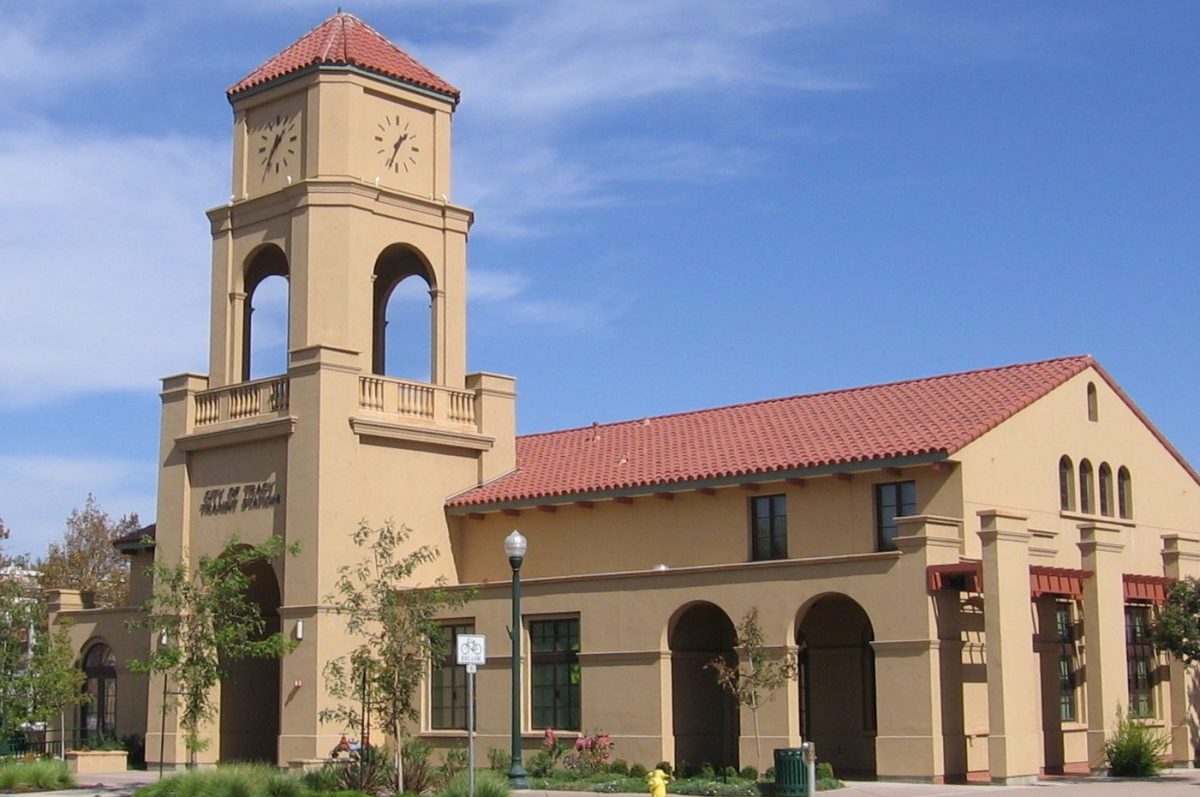We all lived in this wonderful town for years, but do we know how it came to be? I was curious too, but I wish to express the information to the public.
Tracy, California was established on September 8, 1878, after the completion of a new railway line that connected Oakland to the San Francisco Bay Area, named after Lathrop J. Tracy, grain merchant and railroad director in Mansfield, Ohio. The very railway line was the reason why Tracy was created, growing as a railroad town, surrounded by farms and ranches. The railway was needed to avoid hills and to get rid of the expense of helper engines.
In 1910, Tracy was incorporated as a city when the population grew to roughly 2000 people, then, within 1911, Arlington Opera house which was a building that showcased movies and had hotel rooms for guests. But it unfortunately burned down in a fire in 1913, though the same year, a new one was built but burned down in 1966. Next year, the city finally organized a fire department after several devastating fires were causing havoc in the city.
Moving towards 1915, the first irrigation district was established, an irrigation district is a public corporation, tasked with obtaining and distributing water for irrigation, which helps the city grow rapidly. Suddenly, in 1935-1936, series of stoppages and clashes between union and non-union workers clashed at Holly Sugar plant, because of the failing economy at the time. Next,1940, Floyd Glenn Wise, was the chief of police for fourteen years, and unfortunately died in a car accident after a meeting. Then, in 1941, development of Lincoln Park began, named after Abraham Lincoln, our 16th president.
During the 1950s, Railroad operations began to decline, but agriculture remained Tracy’s main industry. In 1958, major upgrades were then made to Holly Sugar plant equipment, increasing their capacity.
Then, within 1973, Holly’s West Coast headquarters moved San Mateo to Tracy. Finally, in 1984, a race track facility was built in sun-dry pulp.







